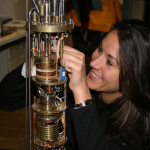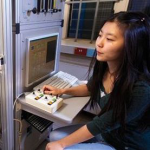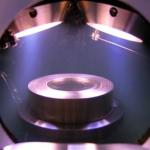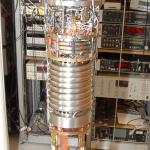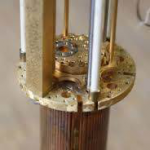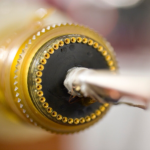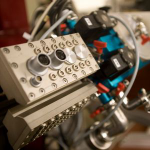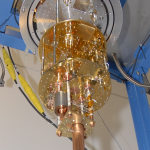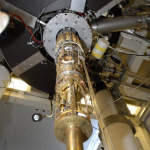Administration of EMP-related Publications
| year | 2019 |
| author(s) | J. M. A. Chawner, A. T. Jones, M. T. Noble, G. R. Pickett, V. Tsepelin, D. E. Zmeev |
| title | LEGO® Block Structures as a Sub-Kelvin Thermal Insulator |
| document type | Paper |
| source | Sci Rep 9, 19642 (2019) |
| doi | 10.1038/s41598-019-55616-7 |
| arxiv | http://www.research.lancs.ac.uk/portal/en/publications/-(83727327-4353-49a3-aef2-1743decc2f28).html |
| supplemental material | https://doi.org/10.17635/lancaster/researchdata/328 |
| EMP/Horizon2020 | This publication includes a EMP/Horizon2020 acknowledgement. |
| abstract | We report measurements of the thermal conductance of a structure made from commercial Acrylonitrile Butadiene Styrene (ABS) modules, known as LEGO® blocks, in the temperature range from 70 mK to 1.8 K. A power law for the sample’s thermal conductivity κ = (8.7 ± 0.3) × 10−5 T1.75±0.02 WK−1 m−1 was determined. We conclude that this ABS/void compound material provides better thermal isolation than well-known bulk insulator materials in the explored temperature range, whilst maintaining solid support. LEGO blocks represent a cheap and superlative alternative to materials such as Macor or Vespel. In our setup, <400 nW of power can heat an experimental area of 5 cm2 to over 1 K, without any significant change to the base temperature of the dilution refrigerator. This work suggests that custom-built modular materials with even better thermal performance could be readily and cheaply produced by 3D printing. |
